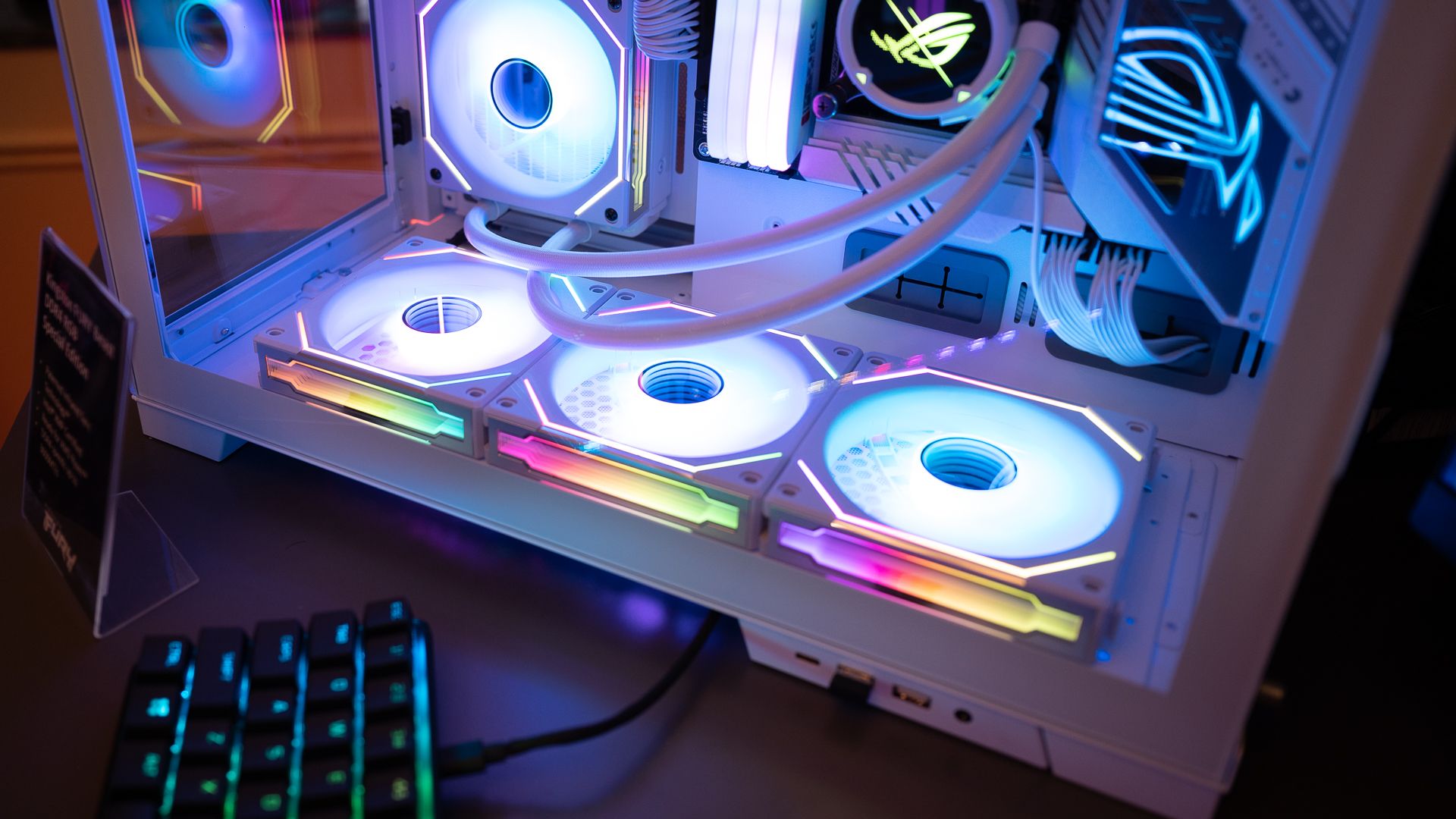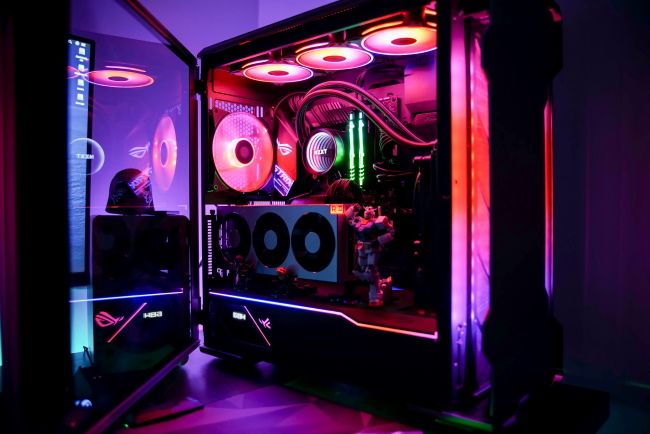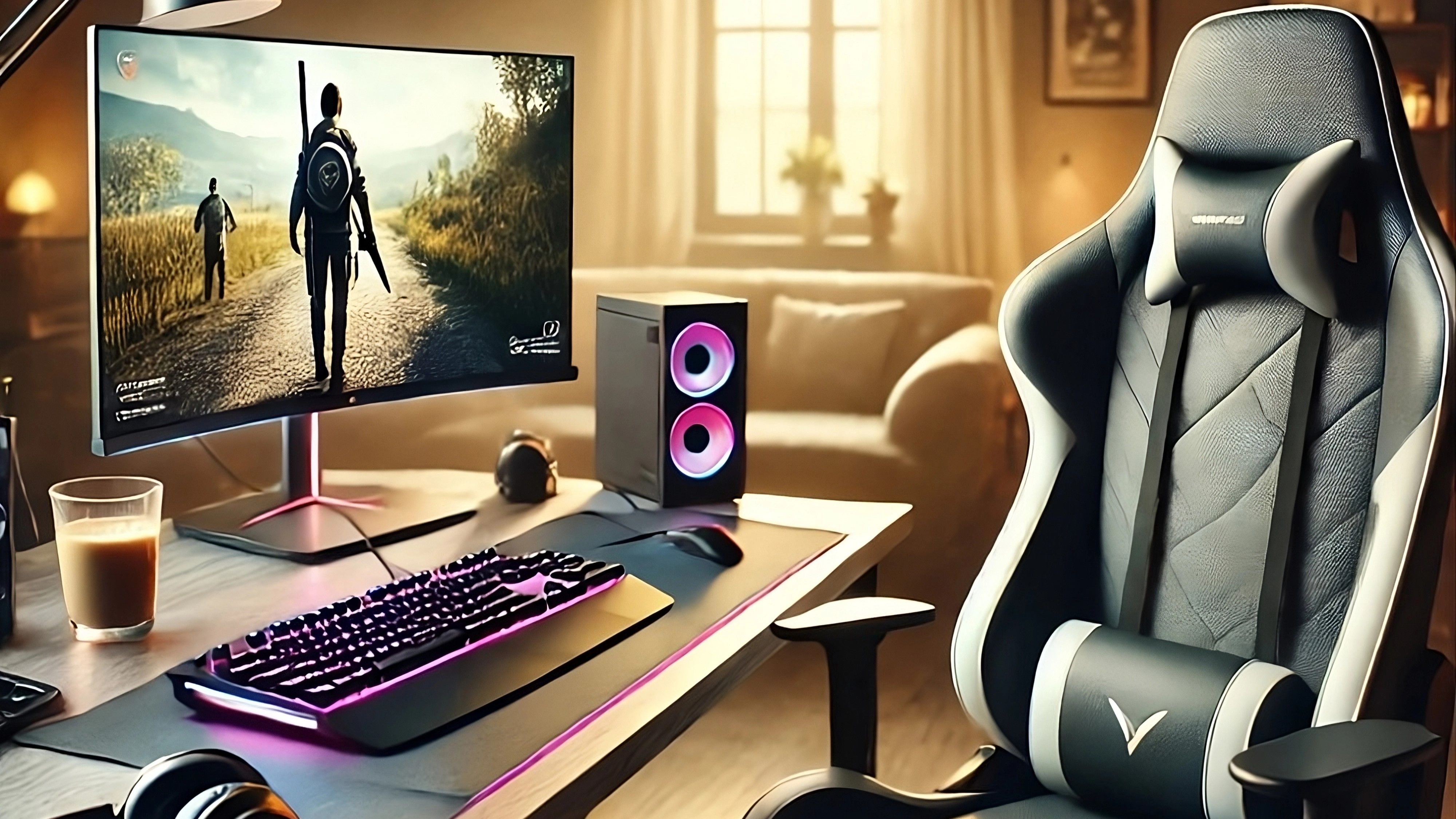Summary
- Building a PC is easier than ever thanks to online resources, comprehensive manuals, and standardized parts.
- You’ll learn about your PC while building it, something that can make troubleshooting less frustrating.
- Picking your own PC parts allows you to build a rig that fits your budget and tastes without disregarding your needs.
Building a PC can seem like an impossible task to first-timers, something I can personally relate to. However, after building and disassembling multiple rigs, I’ve discovered how supremely valuable an experience it is, and not just because it saves money.
Yes, Building a PC Is Cheaper
Of all the upsides of building a PC, there’s no denying that one of the major draws is the lower price tag. What’s less obvious is how pre-built PCs can have hidden costs beyond that.
With pre-built PCs, you’re not only paying for the components but also the handiwork of another builder. You don’t get granular control over the parts put in the PC either, nor the way it’s built. This could mean needing to buy a larger hard drive or more RAM sooner than you think. This problem is particularly pronounced when people don’t understand the specs of the PC they’re buying only to find it not living up to their expectations or needs.
Meanwhile, building your own PC allows you to research and choose every part for your build. Since there are always deals on parts, you’ll likely pay less than the market price, especially if you’re shopping during a traditional sale season like Black Friday. You may even end up with certain parts for free, such as how I got 32 GB of DDR5 RAM alongside my purchase of an AM5 motherboard. Another common freebie is recently released games that showcase the hardware, though don’t put too much stock in this perk since PC games are notoriously and perpetually deeply discounted.
It’s also worth noting that many pre-built PCs may not be as upgradable as they advertise. For example, an iBuyPower pre-build I owned couldn’t accommodate a new GPU I bought due to the lack of removable panels, something just about any PC case you buy will come with. It’s almost as if that pre-built PC was closer to a console, whereas a PC you build can be future-proofed for easy upgrades.
You’ll Learn a Lot
In researching parts to buy, unboxing them, perusing their manuals, and finally assembling them together in a case, you learn invaluable information about your PC that will save you from frustrations down the line.
Even a basic understanding of every component going into your PC will make it easier to swap out parts and troubleshoot any problems that arise. For example, if your PC is overheating, you’ll know how to readjust fans and where to connect new ones to your motherboard. If your CPU is running hot, you’ll know what type of thermal paste to buy and how to apply it. If you need a splitter to hook multiple parts into one RGB connector, you’ll understand what ports to look for when buying.
Swapping out parts and performing maintenance becomes second nature once you’ve already seen how it all fits together. Upgrading a GPU may be easy even on many pre-built rigs, but what about installing a higher wattage power supply to support it? Knowing which cables to unplug from the motherboard and which to plug in on the new power supply is ripe for mistakes if you haven’t done it already.
As a bonus, what may now sound like technobabble spouted by PC gurus will quickly start to make sense. You casually pick up lingo when learning the ins and outs of PC components, forming the groundwork for a deeper understanding of computers.
Customization Makes a PC Feel Personalized
Whereas pre-built PCs feel like industrial products, a rig you built yourself is entirely yours. Beyond the sense of personal accomplishment that comes with this, it serves functional purposes.
When choosing parts for your PC, you call the shots on where to be thrifty and where to splurge. If your CPU and GPU dreams eat into your budget, perhaps a cheaper motherboard, RAM, or case can offset it. Maybe you don’t need that fancy RGB CPU cooler or chassis fan, but at the same time, maybe paying a touch more will give your rig that extra bit of visual pizzazz it needs. These choices aren’t ones you’re in control of when someone else builds a PC for you.
The result of all this is a rig that fits both your budget and your needs. It also results in a clear understanding of upgrade paths and what deals to keep an eye out for (another upside of the learning experience that is PC building). There’s a real fulfillment in the personalized final product this extra legwork results in.
The customization doesn’t end with hardware, though. When building a PC, you also get to install the operating system of your choice. Windows will be the default for most people, but the option for Linux and others is available from the outset. Also, a clean installation lets you avoid manufacturer bloatware that comes installed on pre-built rigs.
Building a PC Can Be Satisfying
If you have any inclination toward the builder’s spirit, the process of putting together a PC will be fun. It’s like a jigsaw puzzle where all the pieces fit perfectly together, resulting in satisfying “a-ha!” moments. It’s kind of like a game you play before the games.
There are also some cheap tools that make the experience all the more enjoyable, like magnetic trays for screws and multi-bit screwdrivers. I’m not reaching when I say that, at least for me, keeping a clean workspace is gratifying. Plus, it leaves you with tools that will continue to be useful elsewhere.
I’m reminded of the building experience every time I boot up my PC, making it a gift that keeps on giving. Frankly, it’s to a point where I need to stop myself from opening the case to unnecessarily tinker more.
Building a PC Is Easier Than Ever
PC building used to be genuinely intimidating as it required know-how about where pieces go and what manufacturers were compatible with others. Luckily, companies took note of this and turned the process into something more like color-by-numbers.
Something you typically don’t get with pre-built rigs are the extra bits and manuals for the included parts, which obfuscates just how simple piecing them together really is. Most pertinent among these is the motherboard manual which clearly lays out what every connector is for and how to install CPUs, GPUs, hard drives, and so forth. Connectors, ports, and the like are also standardized across component manufacturers to ensure a seamless building process; anything needed to account for motherboard differences usually comes bundled with the component, such as multiple bracket styles for CPU coolers.
Still doubting yourself? Check out the countless resources available online, from detailed videos covering every angle of the building process to websites like PCPartPicker.com. PCPartPicker is key to making sure all the parts you plan to use will fit together so that you aren’t surprised by incompatibilities when it comes time to build.
If you take anything away from this article, it’s that no matter your skill level, building a PC is not the daunting task it appears to be. You’ll learn quickly, save money in the process, and at the end of it all have a cool PC that you can proudly call your own.








